Пост 22835309414
23. Don’t be average. Be great at what you do. Life is short.
Our user manual — Hiut Denim
Страница 9 из 57
23. Don’t be average. Be great at what you do. Life is short.
Our user manual — Hiut Denim
Get uncomfortable. I’m coming up on two years with Adam. He is stable, supportive and fun to be with (he is also tall, passionate, and deeply sensitive in the goofiest way imaginable). But our relationship is so far from what I had imagined love to be. We have lots of sweet times, but we also have the moments where I feel bloated after eating too much dessert or he is withdrawn and worried about money, or we sit across from each other at dinner with nothing obvious to say. These feel hard to deal with and always make me afraid that something is terribly wrong. But they pass.
A few years ago, two wise, married yogis gave me a piece of advice. They told me that while it’s essential to have honest intimacy in a relationship, it’s just as essential that your partner earns the right to see your struggle. Before Adam, I thought it was good luck or good breeding or even good karma that led to being in a satisfying relationship. It didn’t occur to me that loving another person is essentially an exercise in being ok with being uncomfortable with someone you care about, and not holding a grudge about it.
Labor of Love: 4 Lessons From My Imperfect Love Life, Gracy Obuchowicz | Lifestyle - GOOD
But in a world where magazine are a lot more than their printed artifacts, what’s a brand? I’ll go through my evidence in a minute, but here’s my current hypothesis.
Brands are probabilistic now. The primary power of a brand is to increase the probability that someone clicks on, upvotes, or links to a story associated with your brand. It is not calculated primarily on a per issue basis as in the past. Instead, it’s a kind of implicit regression based on all the stories a publication has produced.
This isn’t a completely foreign idea. In the past, a brand’s strength would have been measured by how likely people were to buy or subscribe to a magazine. Today’s probabilistic brand, though, is less coherent and much broader than before.
The Probabilistic Magazine Brand in the Social News Age, Alexis Madrigal, The Atlantic
He looked at the kids in front of him and wondered if they’d ever heard of Infiltrators, or if this had become obscure knowledge of his profession. Infiltrators were a probably-mythical subculture that invented subcultures to sell to coolhunters, and then flipped the money into making those subcultures a reality. Then, later, they sold the proof that the subcultures were fakes to the highest bidder. When Doug was coming up in the ’20s, a lot of his colleagues had been burned, worried that every new lead led to a camouflaged tar pit. Just as the industry had gotten used to a level of stability as cultural commentators, a collection of malcontents had put the fear of God into them: their tag, an “i” with a circle around it, appeared everywhere, and made their numbers seem infinite. Doug, with no reputation yet to lose, dismissed it as a covert branding campaign and was brazen and fearless where his colleagues were cautious. Harris had liked his moxy and had promoted him quickly.
Developers would love to sell more copies of their game at a higher price, but the choices offered to gamers across XBLA, PSN, Steam, and other services have never been more extensive.
“Everyone has a queue in their head and a queue on their hard drive, and for most games, sales aren’t even a way to make sure your game gets played; they’re a way to move your game from a gamer’s mental queue to their hard drive queue,” — Ambrogi said.
“It could still, without hyperbole, be years before that person actually downloads, installs or plays your game.”
How Valve “devalued” video games, and why that’s great news for developers and players
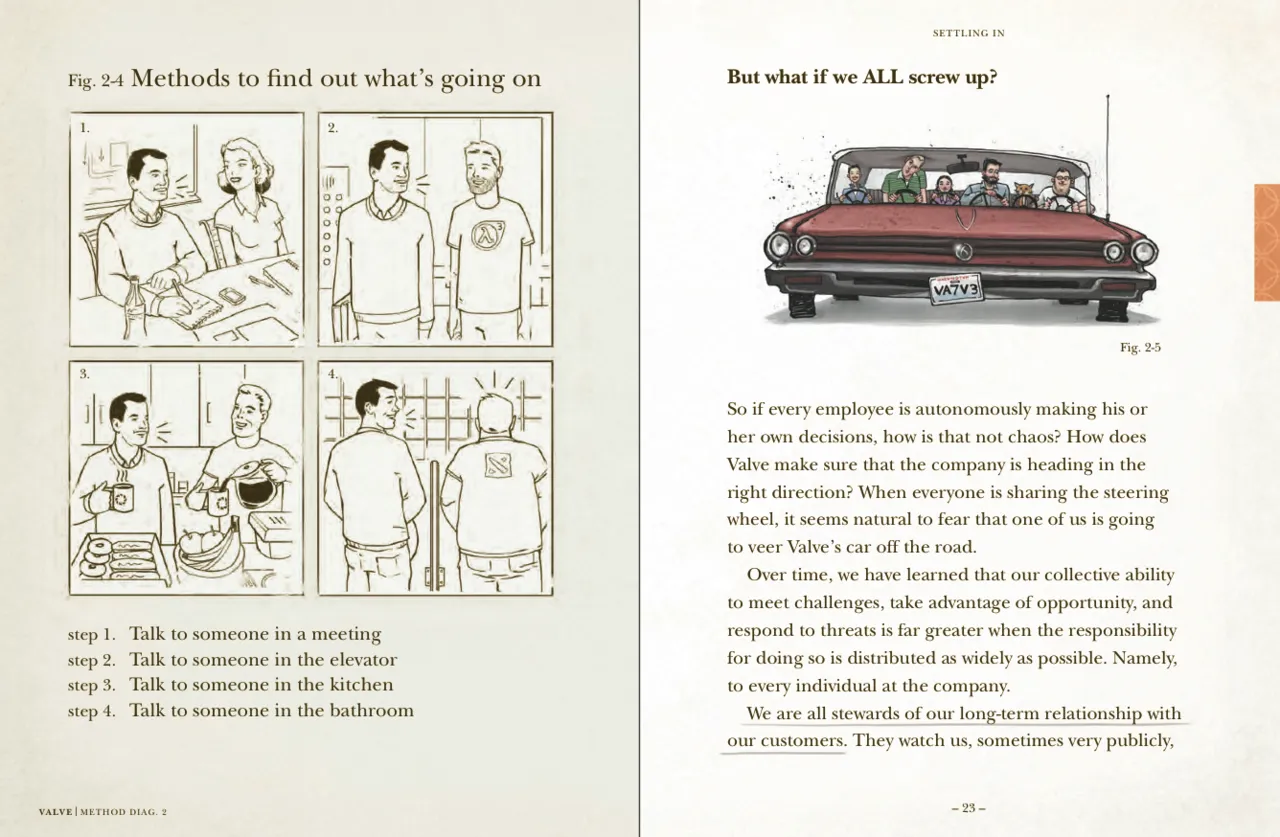
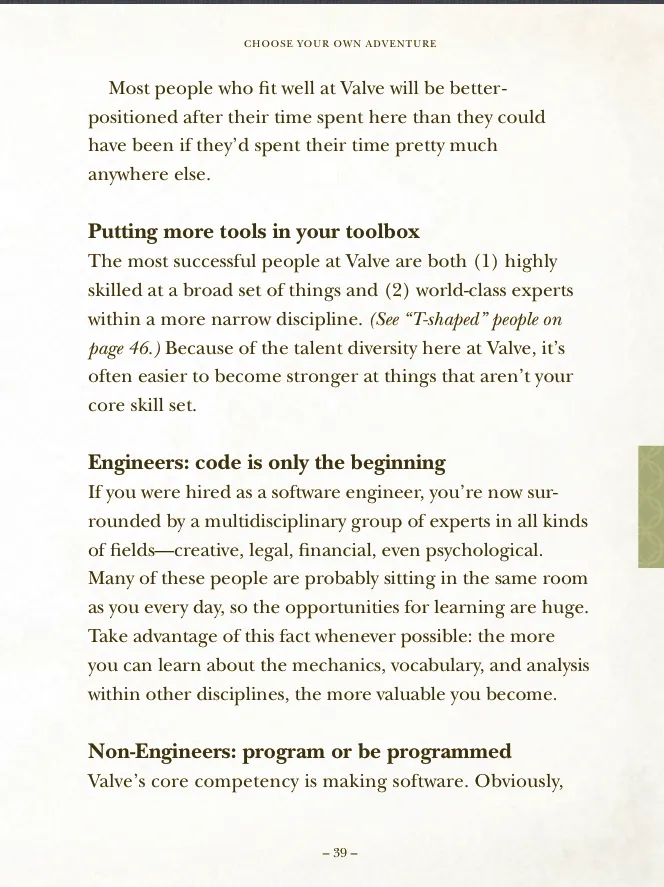
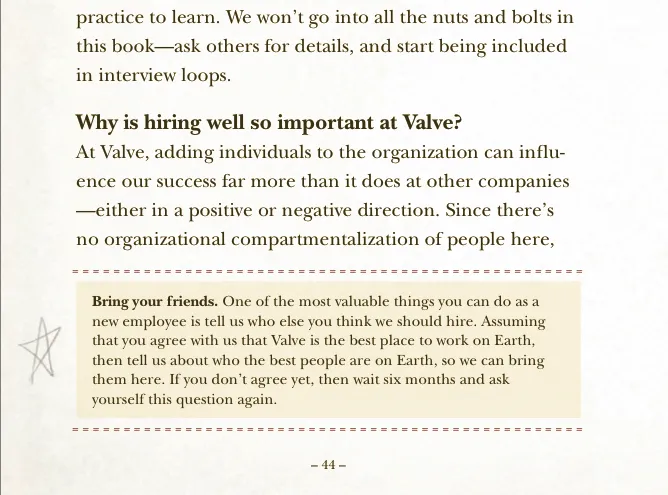
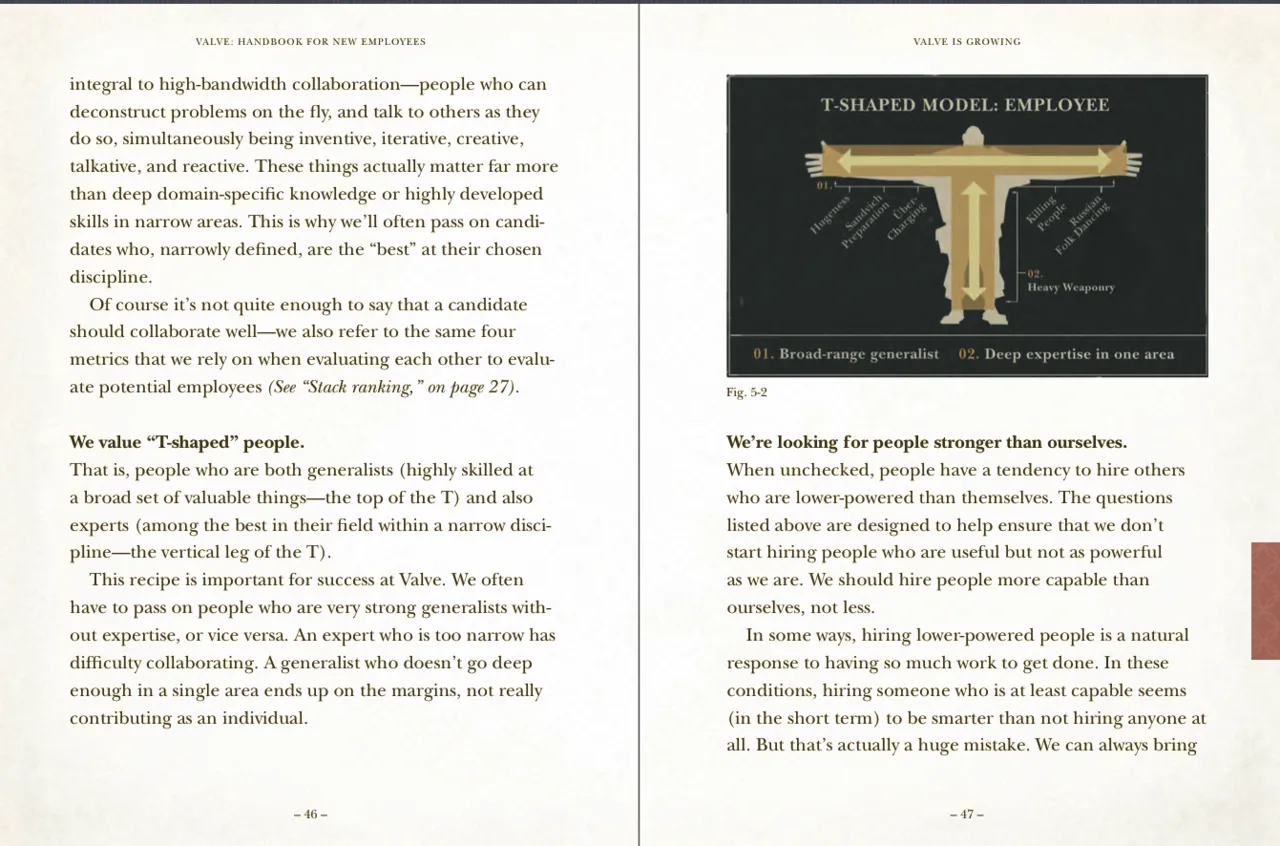
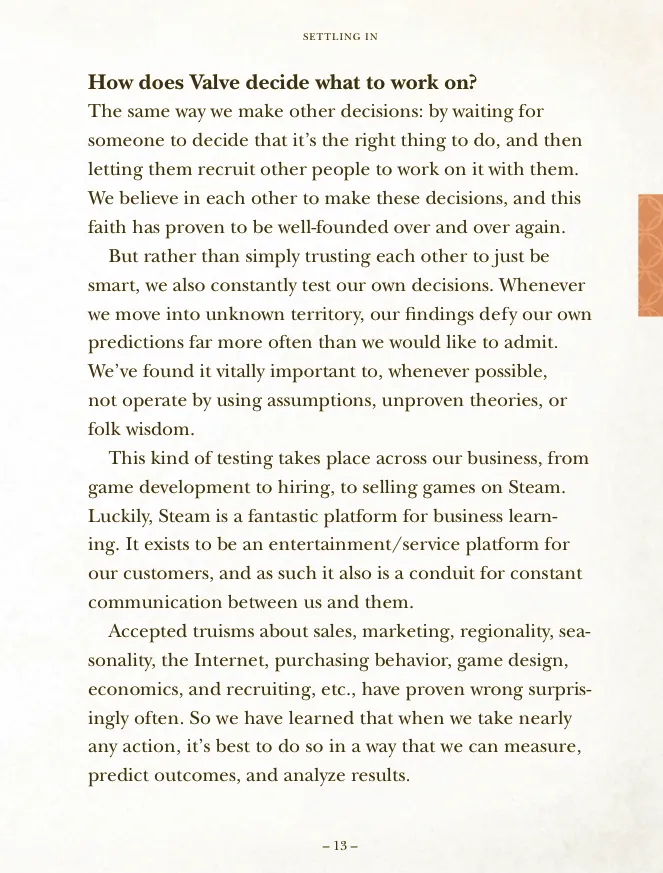
В Valve сделали для своих новых сотрудников небольшую книгу Valve Employee Handbook (PDF) с курсом молодого бойца. Она прекрасна чуть более, чем полностью, и потому распространяется по интернетам со скоростью лесного пожара. Про горизонтальную структуру, ответственность каждого, столы на колёсах и многое другое.
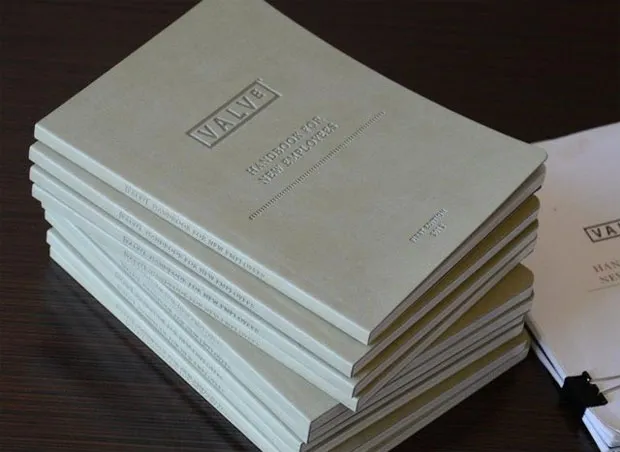
Просторнее всего на самом верху, потому что никто по-настоящему туда не хочет.
Правила жизни Роберта Олтмена, Esquire
He was a professor, a lover of stories, and he was building her a library in the same way other men might build their daughters’ houses.
The Statistical Probability of Love at First Sight by Jennifer E. Smith (via rochelleshanlea)
Post-divorce, the Internet has become a personal minefield. There was the time shortly after the split when LinkedIn suggested I connect with my ex’s new boyfriend. There was a time when Facebook kept surfacing “remember this moment?” photos of me and my ex from my mom’s profile. I hid and changed my relationship status in the dead of night so as few people as possible would notice the change and ask me about it.
Worst of all is Gmail, which has one of the most maddening “features” to confront anyone going through a breakup. Nearly every time I wrote an e-mail to friends this past year, Gmail oh-so-helpfully suggested I include my ex-wife in the e-mail. And you can’t turn this off. It still happens, despite my pleas to Google to make it optional. (Google obviously doesn’t employ enough divorcees.)
iPhone 4’s operating system doesn’t work this way. It decouples the density of the pixels on the screen from the visual interface that it draws. Because OS X is built from the ground up to be resolution independent, all the default iOS interface elements are already vectorized graphics (PDFs, to be specific). This means that when iOS scales the elements in physical size to fit the 3.5-inch iPhone 4 screen, they take up the same amount of space as the elements drawn on the iPhone 3GS but they use four times the number of pixels.
На мой вопрос «когда на вектор перейдут как на основной формат при отрисовке интерфейсов» нашёлся ответ в виде древнего поста Дастина Кёртиса: iPhone 4: Who cares about pixel density? It’s about interface definition. - Dustin Curtis
Главный вопрос, конечно, в том, насколько векторная графика пригодна для работы в разных разрешениях (что актуально для Андроидного зоопарка моделей и разрешений), и можно ли её как-то «хинтовать» под разные размеры также, как хинтуются для аккуратного отображения мелкие размеры шрифтовых гарнитур.
Using PDF images in iOS apps, Matt Gemmell
About Those Vector Icons, Kirill Grouchnikov (user interface engineer, Android, Google)